Pandora is a music discovery service designed to help you find and enjoy music that you'll love.

Pandora takes your input (artists, songs) and feedback ("I like this", "I don't like this") and use the Music Genome Project to create stations that play songs that are musically similar to what you've told them. That's it; only the music counts. Pandora doesn't care how popular the artist is, who's backing them, and which genre bin they usually belong in. Only the music matters.
After a while Pandora will ask for an USA zip code because they are only allowed to serve USA citizens. You can use 10005 for example, the zip code of the New York Stock Exchange.

Pandora takes your input (artists, songs) and feedback ("I like this", "I don't like this") and use the Music Genome Project to create stations that play songs that are musically similar to what you've told them. That's it; only the music counts. Pandora doesn't care how popular the artist is, who's backing them, and which genre bin they usually belong in. Only the music matters.
After a while Pandora will ask for an USA zip code because they are only allowed to serve USA citizens. You can use 10005 for example, the zip code of the New York Stock Exchange.
People could jump on a trampoline and if they reached a curtain height, a melody was played, lights started flashing and a picture was taken.
The pictures should be send to a system that guys of the VPRO started to develop, now called MMBase, and of course this didn't work (boy, was I pissed).
So we made our own presentation on the web.

This was produced by Tv3000 as part of the VPRO-digitaal stand on the Lowlands festival.
I programmed it in C on a Silicon Graphics machine.
The detection was done with an ordinary infrared motion detector. Rob Linders of ArtiVisuals made the hardware interface.
We had a lot of help from students of the HKU, faculty KMT.
P.A.R.K. saved some video recordings, here are two fragments (click on the pictures to play):
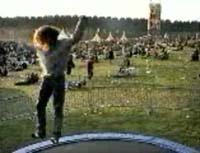
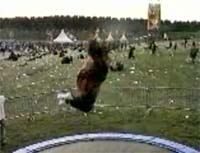
The pictures should be send to a system that guys of the VPRO started to develop, now called MMBase, and of course this didn't work (boy, was I pissed).
So we made our own presentation on the web.

This was produced by Tv3000 as part of the VPRO-digitaal stand on the Lowlands festival.
I programmed it in C on a Silicon Graphics machine.
The detection was done with an ordinary infrared motion detector. Rob Linders of ArtiVisuals made the hardware interface.
We had a lot of help from students of the HKU, faculty KMT.
P.A.R.K. saved some video recordings, here are two fragments (click on the pictures to play):


Back

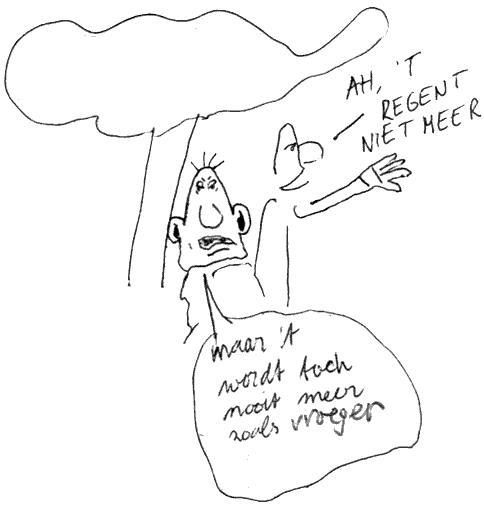
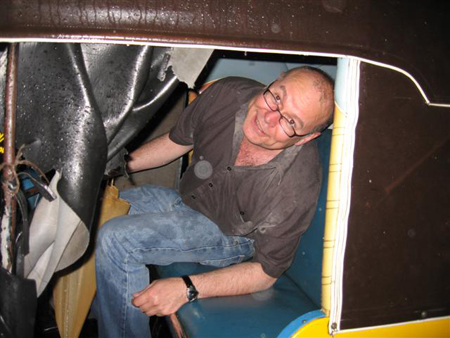
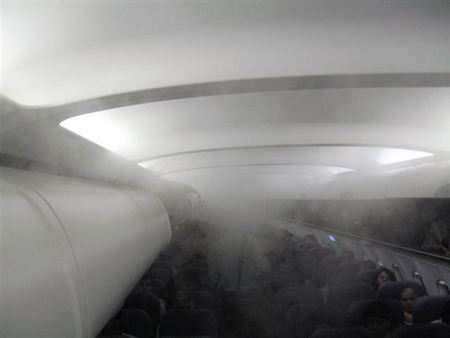
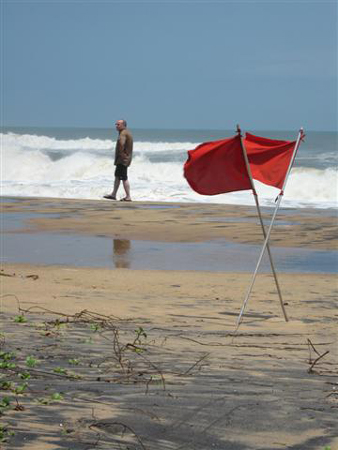

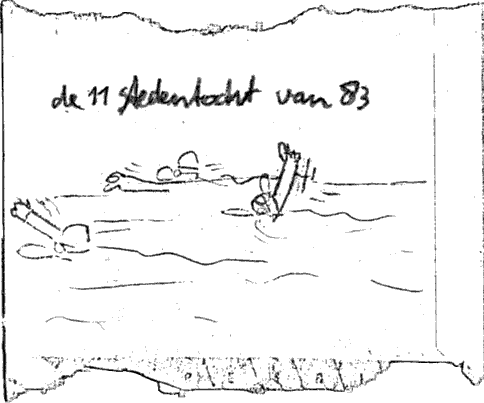
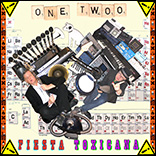
 Archives
Archives




